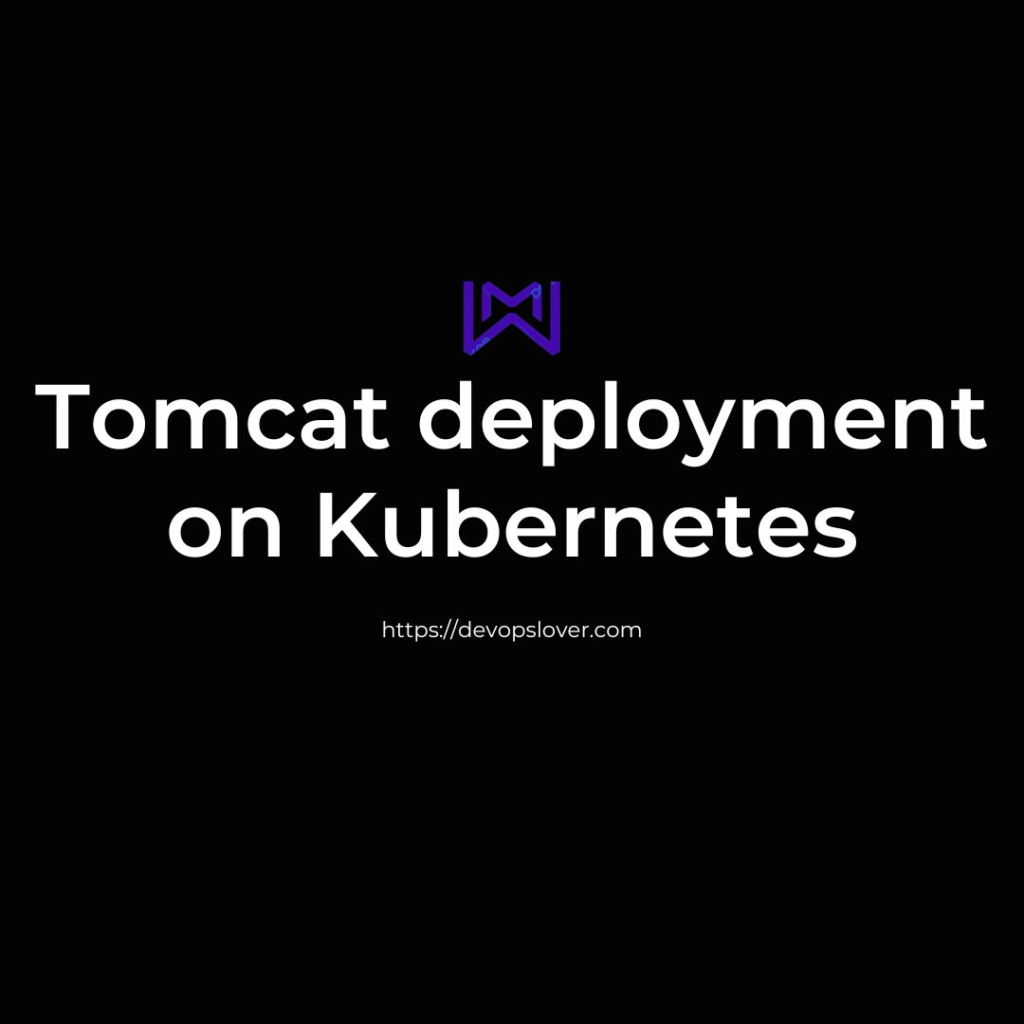
Tomcat deployment on kubernetes
Overview
Deploying Apache Tomcat on Kubernetes involves encapsulating Tomcat and your web applications in Docker containers. Kubernetes orchestrates these containers, managing deployment, scaling, and networking. Using deployment manifests, services for networking, and persistent volumes for storage, you define the desired state of your Tomcat application. Kubernetes handles load balancing, health checks, and automatic scaling based on demand. This combination ensures scalable, flexible, and automated deployment of Tomcat in containerized environments. is an open-source application server developed by the Software Foundation. It implements Java Servlet, JavaServer Pages (JSP), and Java Expression Language technologies, providing a platform for deploying and running Java-based web applications.
Read Also – Jenkins Setup Using Docker
Prerequisites
- A running Kubernetes cluster. You can use a managed Kubernetes service or set up a cluster locally using a tool like minikube.
- The Kubectl command-line tool is installed and configured to connect to your Kubernetes cluster.
Step 1: Start the Minikube Cluster
Open a terminal and start your minikube cluster
$ minikube start
$ minikube status

$minikube dashboard

Step 2: Create a Tomcat Deployment
Let’s start by creating a basic Tomcat Deployment using a Kubernetes YAML file. Save the following content into a file named tomcat-deployment.yaml.
$nano tomcat-deployment.yaml

apiVersion: apps/v1
kind: Deployment
metadata:
name: tomcat-deployment
spec:
replicas: 3 # Adjust the number of replicas as needed
selector:
matchLabels:
app: tomcat
template:
metadata:
labels:
app: tomcat
spec:
containers:
– name: tomcat
image: tomcat:latest # Use the appropriate Tomcat image version
ports:
– containerPort: 8080 # Expose the port that Tomcat uses
$kubectl create ns tomcat-namespace

$cat tomcat-deployment.yaml

$kubectl create -f tomcat-deployment.yaml

$kubectl get ns

Step 3: Create a Tomcat Service
Now, let’s create a Service to expose the Tomcat deployment. a file named tomcat-service.yaml
$nano tomcat-service.yaml

kind: Service
metadata:
name: tomcat-service
namespace: tomcat-namespace
spec:
selector:
app: tomcat
ports:
– protocol: TCP
port: 8080 # Port exposed by the Tomcat deployment
targetPort: 8080 # Port the container listens on
type: NodePort
$kubectl create -f tomcat-service.yaml

